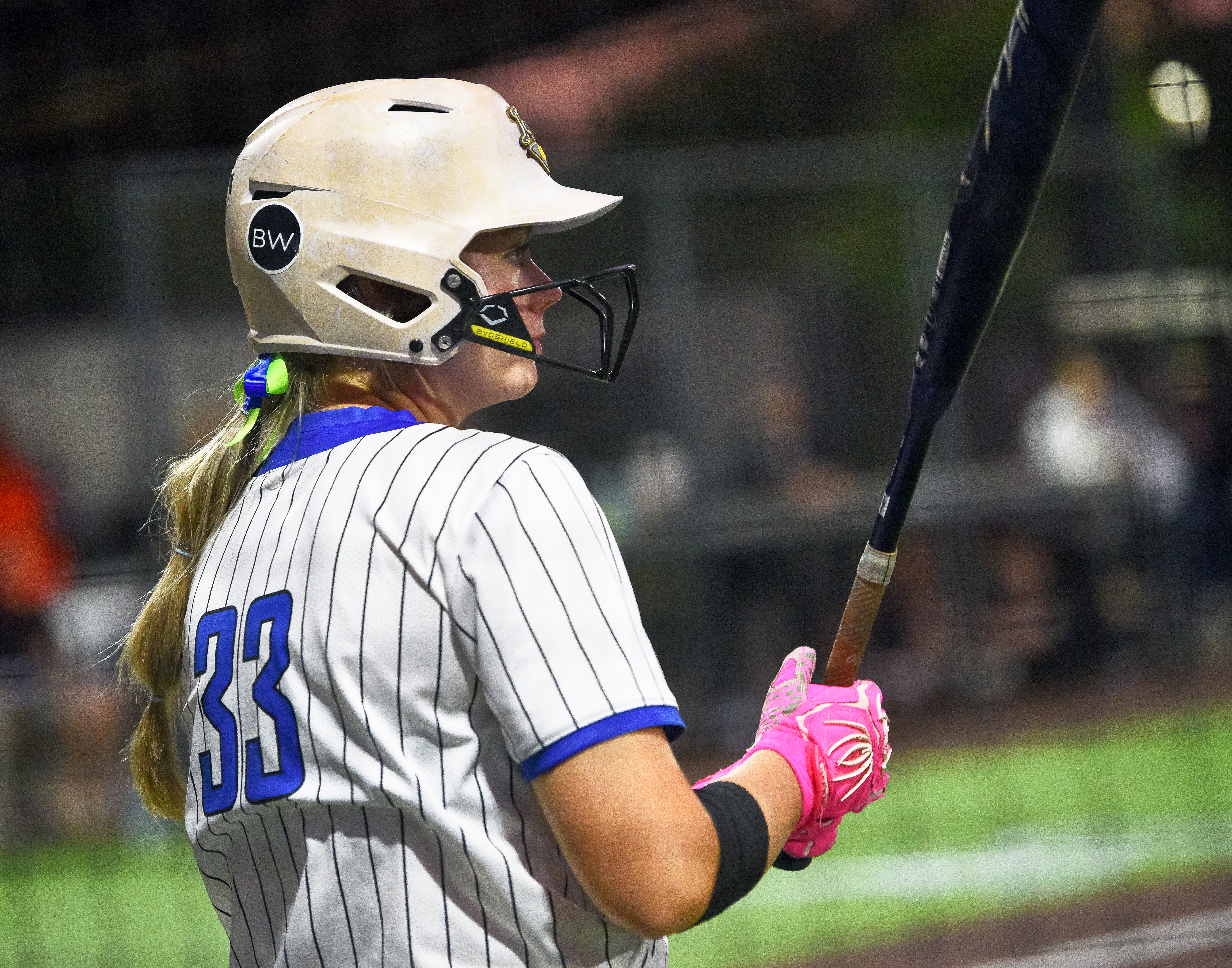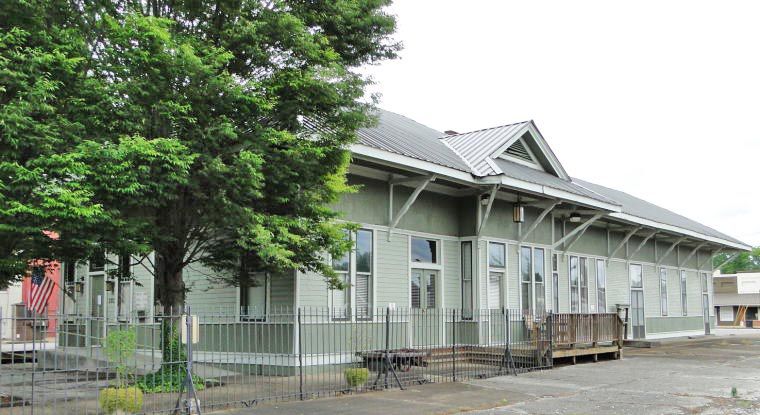Through thick and thin: Spot repairs for lawns
Published 8:45 am Saturday, April 23, 2022

- The surface of a old lawn with bald spots. Steps can be taken to restore these bald spots to their previous grassy state.
While I have been busy planting new herbs, vegetables and adding a few flowers to the garden, my husband has been doing “lawn stuff.” Although I love a lush green lawn, I don’t really give it much thought. Don’t judge; after 20-plus years, we have our lanes.
He has replaced the spark plug and air filter in the lawn mower and has given the lawn a few cuts and a solid edging. He has treated ant hills, sprayed trees for bagworms and the roses for insects, and I saw him putting down some grass seed in a few bare spots in the lawn.
When checking the gardener’s to-do list for May, it seems the husband is on top of things.
There is something to be said for the seasoned homeowner — they know their calendar. Spring is the time to do all those things, and it is especially the time to start lawns from seed and, therefore, the perfect time to work on filling in the bald spots.
Note that the recommended time to seed fescue is in the fall, from mid-September to the end of October, and you will have to overseed every year. Bermuda grass should be seeded in the end of May and June to get optimal germination.
First, determine the cause of the bare spot. If it was caused by debris of an object being left on the lawn, start by preparing the spot. Remove dead leaves and debris to expose the area. If caused by disease or insect damage, a curative measure will need to be implemented before attempting to grow new grass.
Grass seed has an expiration date, so if you are thinking about using the seed that has been in your shed for a while, check the date stamped on the bag. The area to be seeded should be lightly tilled, which can be accomplished by firmly raking over the area while removing unwanted leaves and debris. Seed should come in contact with the soil in order to grow, so you want a good clear surface to give seed a better chance of taking.
If the area to be seeded is not level with the surrounding lawn, fill the area with enough clean top soil to make it level. Even if the area is level, add a thin layer of top soil to the area, and cast a thin layer of seed over the soil. Gently rake the seed into the top soil, and give it a light watering. You don’t want to apply too much water and risk washing away the seed.
The area can then be covered over with straw. This will keep the birds from eating the seed and will help retain moisture. Water the seeded area in early morning and evening until it begins to germinate. You can remove straw or leave it to decompose into the lawn. Water once a day for a few weeks, and then maintain with a regular watering schedule as you would with the rest of the lawn.
If the entire lawn in looking thin, the same basic method is used to overseed. Rake the entire lawn to remove leaves and thatch. Broadcast seed evenly over the lawn. Depending on the size of the lawn, you will need a hand-held or walk-behind spreader to evenly distribute the seeds.
It is recommended to spread half of the seed in one direction and the second half in the other direction, in a cross pattern. This will help the seed to be evenly distributed. Apply seed at the recommended rate based on the label instruction for best results.
After spreading the seed, rake into the soil and water. Keeping seed and soil moist is critical to the success of the process; however, as with spot seeding, refrain from overwatering. Maintain a twice-a-day watering schedule, and then taper off as the seed germinates.
Try to keep foot traffic to a minimum during the growing season. Depending on the type of grass, it can take up to 20 days for seed to germinate and another four to 10 weeks to become fully established. Until next week, happy gardening.





